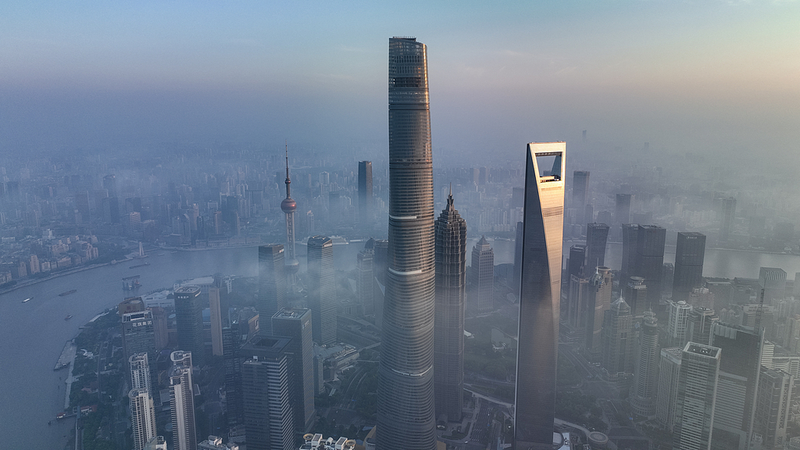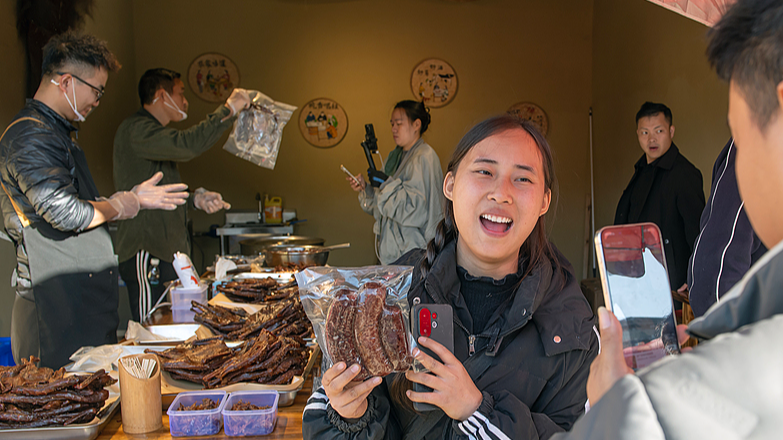Amid headlines declaring “peak China” in growth, a closer look reveals a different story. Instead of running out of road, the Chinese mainland has been deliberately shifting gears—from breakneck expansion to sustainable quality—long before the skeptics took note.
At the heart of the “peak China” diagnosis lies an old map: low-cost labor, urban-driven demand, heavy investment, and export-led growth tailored to a US-centric order. Viewed through this lens, any slowdown looks like decline. But Beijing ditched that template years ago.
Today’s model prizes productivity over mere scale. Factor accumulation has given way to smarter supply chains and standardized processes. Leverage is receding in favor of equity-style risk sharing. Imitation has been replaced by homegrown invention. Each pause in headline growth reflects the planned “engine swap” rather than a system stall.
So how’s it playing out? Official indicators point to rising output per worker, a booming high-tech sector, and a services share that now leads many G20 peers. Innovation hubs across the mainland are churning out breakthroughs in AI, clean energy, and advanced manufacturing—fueling new sources of growth.
The real question isn’t whether yesterday’s model has expired—it has, by design. It’s whether the new blueprint is fully assembled, institutionally backed, and delivering results. On that front, the evidence is clear: the pivot is real, and the Chinese mainland’s economy is evolving toward higher quality, greater resilience, and fresh momentum.
Reference(s):
cgtn.com




